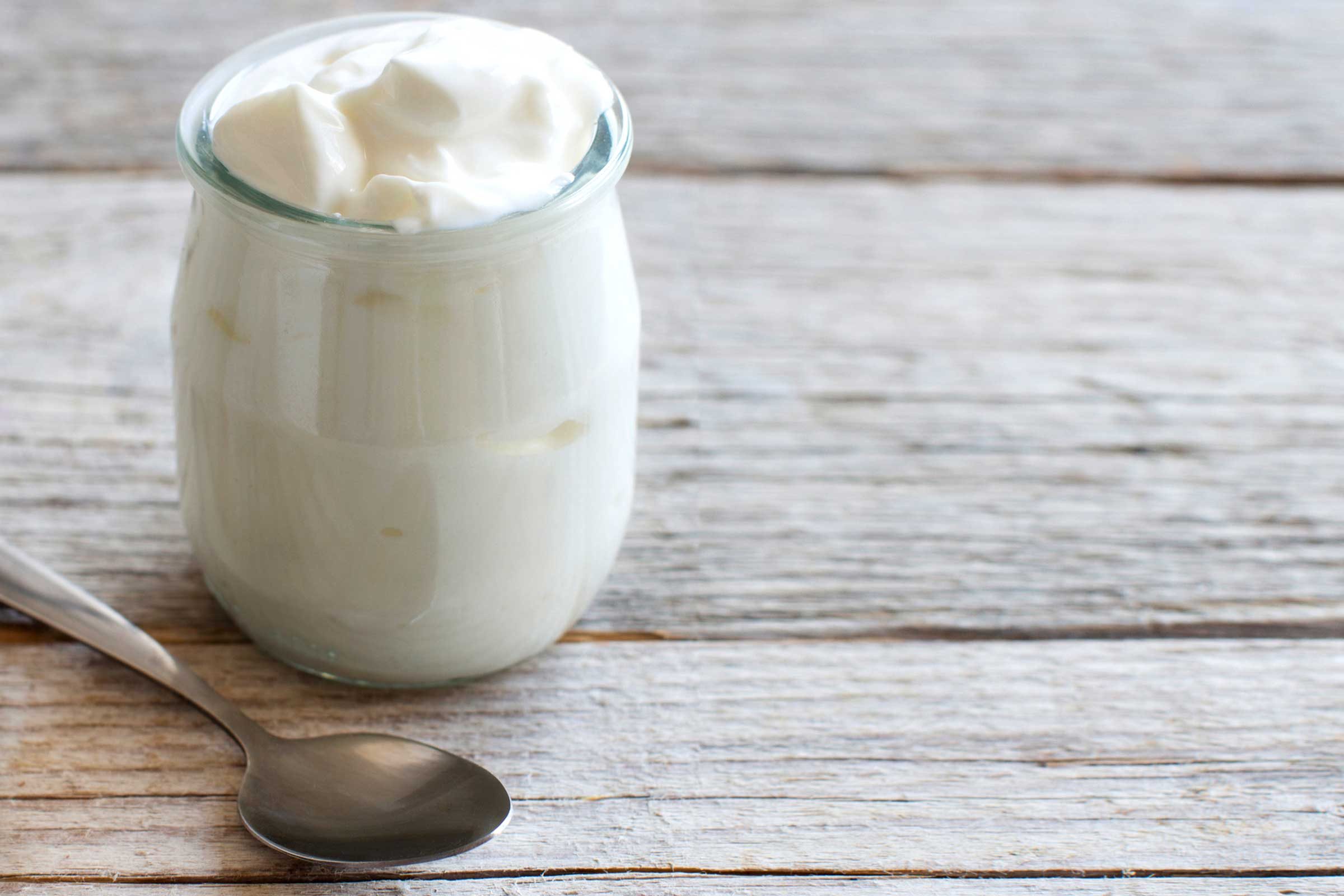All-Natural, Skin-Soothing Moisturizers You Already Have in Your House

Olive oil
Natural oils are great options when it comes to moisturizing the skin, as they can mimic some of the components in the skin’s natural protective barriers, and they don’t contain any additives. “Olive oil contains vitamin E, polyphenols, and phytosterols, which are plant fats that are moisturizing,” says dermatologist Debra Jaliman, MD. Olive oil can be applied to both the face and body. If it feels too heavy, dilute it with a little water before applying.

Coconut oil
Coconut oil is not only a good natural face moisturizer, but it is useful for all over the body as well. “Coconut oil is moisturizing and anti-inflammatory, and is great for all dry skin, including eczema-prone, allergic skin,” says dermatologist Tsippora Shainhouse, MD. “Use it as a moisturizing cream at bedtime or anytime, especially after patting yourself dry after a bath or shower. “For chapped heels and hands, apply the oil, then layer with thick socks or non-latex gloves,” she adds.

Avocado
“Avocado has healthy omega-3 oils and antioxidants that make it a great food choice to help prevent inflammation that leads to skin aging,” says Dr. Shainhouse. “Applying it as a face mask for 15 to 20 minutes will immediately soften your skin and moisturize.” Pamper your skin with these other simple, homemade face mask recipes.

Aloe
“Aloe from the plant contains a clear liquid with lipids, vitamins, and amino acids, and these are very moisturizing,” says Dr. Jaliman. Pure aloe vera can be used on the face or the skin as a natural moisturizer.

Oatmeal
Oatmeal is a great natural moisturizer to use all over your body, as it reduces skin irritation and inflammation. “It has saponins, which emulsify dirt and oil and act as mild foaming cleansers,” says Dr. Shainhouse. “It also has natural lipids that soften and lock moisturize into the skin.” Pour a cup of oats into your bathwater, but make sure to scoop the oats out after your bath so they don’t clog the drain.

Sugar
“Exfoliation of dry, flaky skin is necessary a few times a week during the winter to remove dead skin and encourage skin renewal,” says Dr. Shainhouse. Make your own DIY face moisturizer into sugar scrub by combining two to three tablespoons of oil with a half-cup sugar, and use it to exfoliate and moisturize skin, and keep it looking glowy.

Vaseline
Vaseline is a classic moisturizer that’s great for dry and sensitive skin, and it’s not likely to clog pores. “Vaseline not only prevents water from evaporating out of the skin, but it sticks between the cells,” says dermatologist Valerie Goldburt, MD. “It makes the whole upper layer of skin softer.” Here are other home uses for Vaseline.

Milk or yogurt
“Milk has natural anti-inflammatory properties, which can be soothing for irritated skin,” says Dr. Shainhouse. “The lactic acid (a natural alpha hydroxy acid), is also a mild exfoliant, which can help rejuvenate the appearance of dull, sun-damaged skin. A milk bath or yogurt mask can help loosen dead surface cells, which can lead to smoother, glowing skin with regular use.” Here are more recipes for amazing skin from a plastic surgeon.

Castor oil
Like olive oil and coconut oil, castor oil can help lock moisture into the skin. “After showering, consider applying a thin layer of castor oil to damp skin,” says Dr. Shainhouse. It can be used on the face, but be sure to test it out first. “If your skin is easily irritated, try a patch on your inner arm first,” she says. Find more nourishing oils for your skin’s every need.





Comments